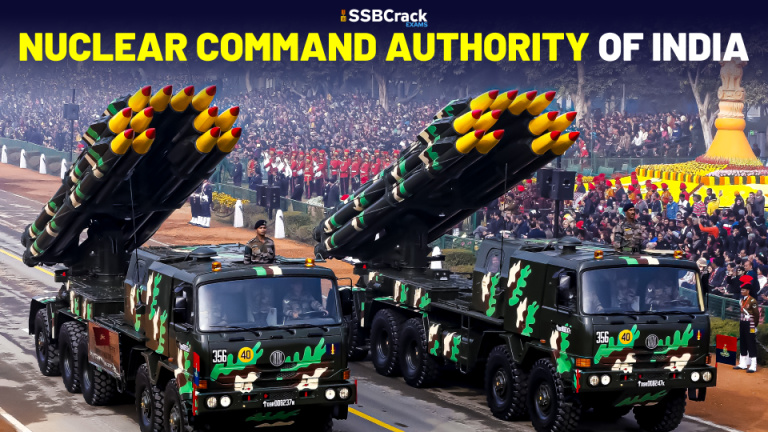India’s strategic Strike Nuclear Submarine INS Arihant carried out a successful launch of a Submarine Launched Ballistic Missile (SLBM) last Friday. The Indian Ministry of Defense (Mod) said that the test is important for the SSBN program. The program is a crucial element of India’s nuclear deterrence capability.
A press release from the MoD said that “The missile was tested to a predetermined range and impacted the target area in the Bay of Bengal with very high accuracy. All operational and technological parameters of the weapon system have been validated. The successful user training launch of the SLBM by INS Arihant is significant to prove crew competency and validate the SSBN program, a key element of India’s nuclear deterrence capability. A robust, survivable and assured retaliatory capability is in keeping with India’s policy to have ‘Credible Minimum Deterrence’ that underpins its ‘No First Use’ commitment.”
The INS Arihant was commissioned in 2016. The vessel is India’s first nuclear-powered ballistic missile capable submarine. The SSBN is a hull classification symbol for nuclear-powered ballistic missile carrying submarines. Operations of the SLBMs from the SSBN are under the control of Strategic Forces Command which is part of India’s Nuclear Command Authority. Officials said that the capability of being able to launch nuclear weapons from submarines has great strategic importance in the context of achieving a nuclear triad. This is especially true in light of the ‘no first use’ policy of India with respect to the use of nuclear weapons.
The capability to launch nuclear missiles from submarines is in line with the target of creating a nuclear triad. Such a triad includes the ability to launch nuclear weapons from land, air and sea. The family of the indigenously developed Submarine Launched Ballistic Missiles is sometimes referred to as K-family missiles are codenamed after Dr. APJ Abdul Kalam. He was the central figure in India’s missile and space program. He also served as the eleventh President of India. Under the SLBM family, missiles of various ranges have been developed. The K-15 (also called the Sagarika) missile has a range of at least four hundred and seventy miles.
India has also developed and tested the K-4 missiles from the same family which have a range of two thousand one hundred and seventy-five miles. India is working on more members of the K-family with higher ranges in the cards.
The INS Arihant was commissioned in 2016 and launched in 2016. The next in the class, the INS Arighat was reportedly launched in 2017 and has been undergoing sea trials. In December 2021, the U.K.-based Janes Defense Weekly report that India had launched its third Arighat class submarines sometime in November of this year.
Before 2016, India already possessed land-based ballistic missiles and aircraft that are nuclear-capable. India's land-based arsenal includes the Agni family of missiles with ranges from four hundred miles to eight thousand miles.
India currently has four types of bombers that are capable of carrying nuclear bombs. Land and air strike capabilities are under the control of Strategic Forces Command which is a part of Nuclear Command Authority. Their inventory of aircraft includes the Mirage 2000H, SEPECAT Jaguar and Rafale, which were purchased from France.
